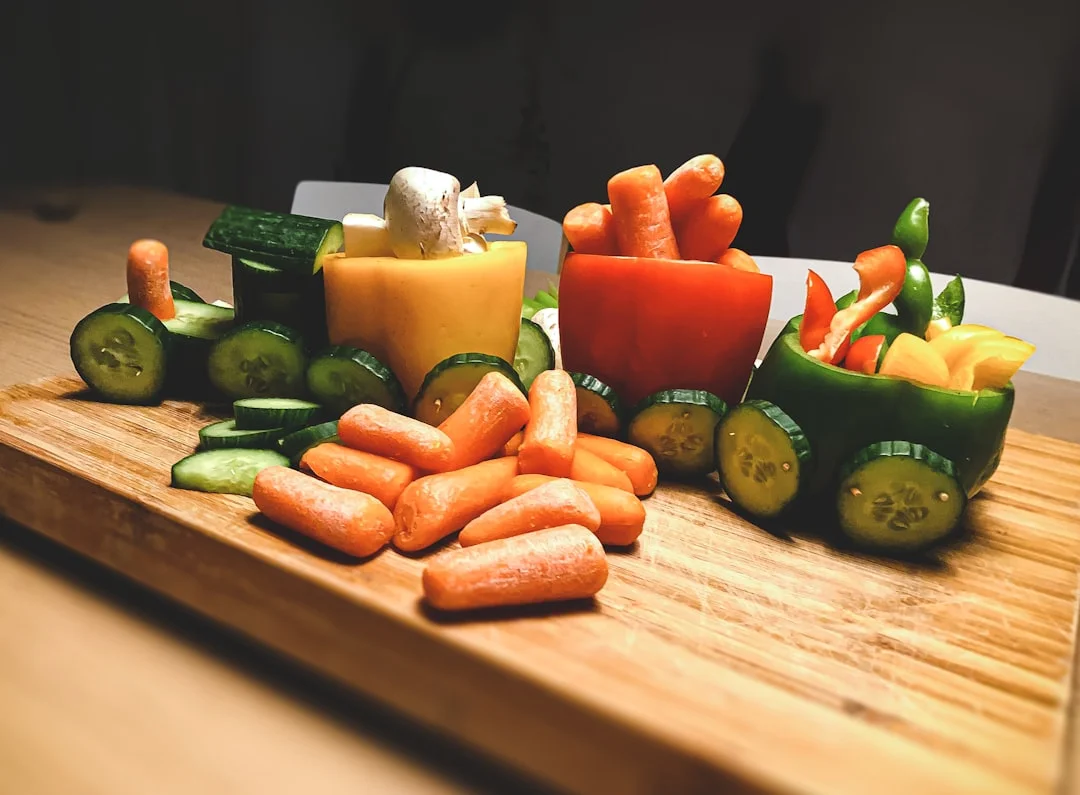Estimated Reading Time: 8 minutes
RRmember those supermarket trips where you’d grab a box, maybe glance at the front, and then toss it in your cart? I confess, I used to do that too.
But then I started paying attention to something I’d largely ignored: how to read nutrition labels. Honestly, it was a game-changer.
It’s like suddenly understanding a secret language that empowers you to make genuinely informed choices about what you’re putting into your body.
Now, navigating the grocery store feels less like a guessing game and more like a strategic mission to nourish myself well.
Understanding how to read nutrition labels is not just about knowing what’s inside; it’s about empowering yourself with knowledge.
It transforms the way you approach food shopping and eating.
This article will guide you, step-by-step, on how to decipher those often-confusing panels.
We’ll break down each section, explain what to look for, and debunk some common misconceptions.
Get ready to become a savvy shopper, ready to take control of your diet and embrace a healthier lifestyle!
The very first thing you should look at when learning how to read nutrition labels is the “Serving Size” and the “Servings Per Container.” This information is the key.
All the nutritional information that follows, including calories, fat, sodium, etc., is based on *one* serving.
And a serving can be a surprisingly small portion.
For example, a bag of chips might list a serving size of 10 chips, and a container of ice cream might say a serving is ½ a cup.
Think you’re eating a snack that contains 200 calories? It might be 400 calories if you ate twice the listed serving size!

Always check the “Servings Per Container” too. It tells you how many servings are in the entire package.
If you devour the whole bag of chips (and let’s be honest, sometimes we do!), you’ll need to multiply the per-serving numbers by the total number of servings.
Next up, calories. This section tells you how many calories are in one serving. Calories are a measure of energy.
Your body needs them to function, but consuming more calories than you burn off (through exercise and daily activity) can lead to weight gain.
Consider your individual daily caloric needs to stay in shape!
Calories are a useful starting point. Remember that a calorie from one food is not the same as a calorie from another. The source of calories matters.
For example, 200 calories from a sugary soda won’t provide the same nutritional benefits as 200 calories from a handful of almonds.
The rest of the label helps guide your decision making.
Now we get into the macronutrients: fats, carbohydrates, and protein. These provide the fuel your body needs.
Learning how to read nutrition labels with an understanding of these building blocks is important.
The label breaks down fat into different types: total fat, saturated fat, and trans fat. Saturated and trans fats are the ones to watch out for.
Aim to limit these, as they can increase your risk of heart disease.
Unsaturated fats (monounsaturated and polyunsaturated fats) are generally considered healthy fats and often play a beneficial role.
Here, you’ll find the total carbohydrates, which include fiber, sugars, and added sugars. Fiber is fantastic for digestive health.
Added sugars are often the ones to limit, as they add empty calories and can contribute to various health issues.

The total amount of sugars on a label includes naturally occurring sugars in foods like fruit, as well as added sugars from sweeteners.
Protein is essential for building and repairing tissues. It is often broken down into amino acids, used as building blocks for your body.
The nutrition label shows the amount of protein per serving. Make sure to take in an adequate amount of protein per day!
Below the macronutrients, you’ll find a list of vitamins and minerals, such as vitamin D, calcium, iron, and potassium.
These are crucial for various bodily functions. Pay attention to the percentage daily value (% DV).
This tells you how much of a specific nutrient a serving contributes to your daily needs.
For instance, if a food has 20% DV for calcium, it provides 20% of the calcium you need for the day.
The % DV is your handy guide. It’s based on a 2,000-calorie diet (though, of course, your individual needs might vary).
As a general rule of thumb, 5% DV or less is considered low, and 20% DV or more is considered high.
This helps you quickly assess whether a food is a good source of a particular nutrient.
For example, if you’re trying to increase your fiber intake, look for foods with a high % DV for fiber.
Don’t stop at the numbers! The ingredient list is crucial.
Ingredients are listed in descending order by weight, so the ingredient in the highest quantity comes first.
Scan this list for things you want to avoid: excessive added sugars (look for things like corn syrup, dextrose, sucrose, and fructose), unhealthy fats (partially hydrogenated oils), and artificial additives.
This is also where you can check for allergens.

Manufacturers are required to list common allergens such as milk, eggs, fish, shellfish, tree nuts, peanuts, wheat, and soybeans.
According to Dr.
Michael Greger, M.D., FACLM, a physician and New York Times bestselling author, reading the ingredient list carefully is essential, stating, “The ingredient list is the best way to tell how processed a food is.”
Added sugars are often hidden under various names.
Beyond the obvious white sugar, look out for corn syrup, high-fructose corn syrup, dextrose, sucrose, glucose, and many more.
The more sugar-related ingredients on the list, the more you should be wary.
I remember one time I was shocked to find that a supposedly “healthy” granola bar contained more sugar than a candy bar!
That experience really drove home the importance of reading labels carefully.
A few years ago, I started tracking my diet using an app. It was eye-opening.
Suddenly, I could see exactly how much sodium, sugar, and fat I was consuming. It wasn’t always pretty.
I realized I was consistently exceeding my recommended daily intake of sodium, mainly from processed foods I ate regularly.
But this is an example of why how to read nutrition labels matters, because, once I learned to pay attention to the labels and made smarter choices, I felt a significant improvement in my energy levels and overall health.
It was a gradual change, but the impact was substantial.
While learning how to read nutrition labels is a cornerstone of healthy eating, it’s just one piece of the puzzle.
Consider these things in addition:

So, there you have it: a comprehensive guide to how to read nutrition labels.
Remember, it’s not about perfection, it’s about making informed choices most of the time.
It takes practice, but with each trip to the grocery store, you’ll become more skilled at deciphering the information and making decisions that support your health.
From the serving size to the ingredient list, each piece of the puzzle provides valuable insights into the food you consume.
Embracing the power of nutrition labels is an act of self-care, a commitment to your well-being. Start today. Start with the next label you see.
Become an empowered consumer, make healthier choices, and enjoy the journey toward a vibrant and nourished life. You’ve got this!
Are you ready to take your health to the next level? Then sign up for our newsletter for weekly health tips!
Frequently Asked Questions
What’s the most important thing to check first when looking at a nutrition label?
The serving size and servings per container are the most crucial pieces of information. Everything else on the label—calories, macronutrients, micronutrients—is based on the serving size. Understanding this helps you accurately gauge how much of each nutrient you’re actually consuming.
This is a critical part of learning how to read nutrition labels effectively.
How do I use the % Daily Value (% DV) on the nutrition label?
The % DV is a quick guide to assess how a serving of food contributes to your daily needs. It’s based on a 2,000-calorie diet. As a general rule, 5% DV or less is considered low, and 20% DV or more is considered high. For example, if a food has 15% DV for fiber, it’s a good source of fiber.
Knowing how to read nutrition labels enables you to make healthier food choices.
What should I be looking for in the ingredient list?
Pay attention to the order of ingredients (listed in descending order by weight) and look for things you want to limit, like added sugars, unhealthy fats (e.g., partially hydrogenated oils), and artificial additives. The ingredient list also tells you if a product contains common allergens.
For a comprehensive approach, learning how to read nutrition labels includes carefully reviewing ingredients.
How can I tell if a food is high in added sugars?
Besides looking for the word’sugar’on the label, be aware of various other names for added sugars, such as corn syrup, high-fructose corn syrup, dextrose, sucrose, glucose, and maltose. The more sugar-related ingredients listed, the more added sugars the product likely contains.
Always compare and contrast labels when deciding on foods for yourself to improve your approach on how to read nutrition labels.
What are some common misconceptions about nutrition labels?
One common misconception is that you have to count every single calorie. While knowing the calorie count per serving is helpful, the source and quality of the calories matter more. Another is believing the front-of-package claims (like’healthy’or’natural’) without checking the actual nutrition facts panel.
It’s also common to focus only on a single nutrient (like fat or calories) while ignoring others. A complete understanding of how to read nutrition labels helps combat these errors.



